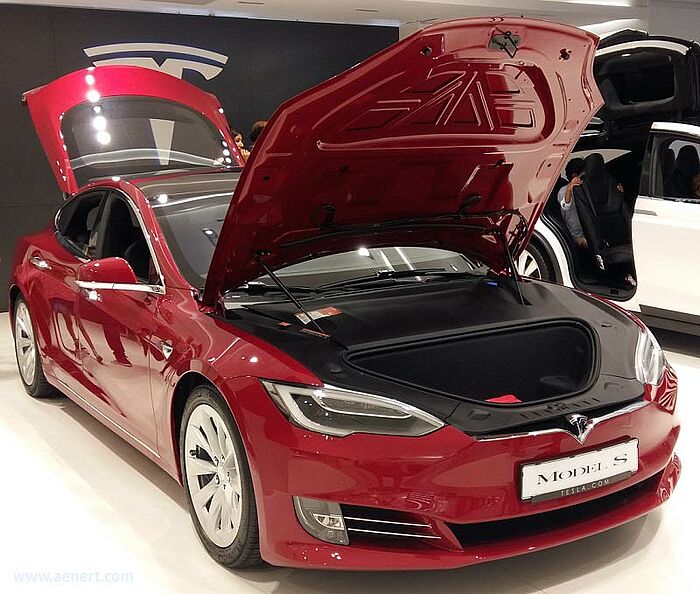The BP Energy Outlook 2022 defines aspects of the energy transition focusing on three main scenarios: Accelerated, Net Zero and New Momentum, which illustrate a wide range of possible outcomes for the energy system to 2050.
The scenarios deal with carbon emissions including CO2, emissions from energy production and use, industrial processes, as well as natural gas flaring and from the production of fossil fuels. In all three cases, CO2 emissions increase above pre-Covid levels.
Emissions in the Accelerated and Net Zero will peak in the early 2020s and by 2050 are about 75% and 95% below 2019 levels, respectively. The New Momentum envisages emissions peaking in the late 2020s, and by 2050 they should be about 20% below 2019 levels.
Drax power station, 2.6 GW for biomass & 1.29 GW for coal, England
Experts predict a gradual change of the nature of global energy markets, highlighting three main trends. First, the role of hydrocarbons will decline. In all scenarios, the share of fossil fuels declines to between 60% and 20% by 2050, down from 80% in 2019. The decline in oil demand will be driven primarily by lower use in road transport. While the decline in oil demand is captured by all three scenarios, the outlook for natural gas is less clear-cut and its demand prospects depend on the speed of the energy transition.
Second, renewables are projected to develop rapidly, primarily wind and solar power, but also bioenergy and geothermal. The share of renewables in global primary energy increases from around 10% in 2019 to 35%-65% by 2050. By 2050, the combined installed wind and solar capacity could increase by more than 15 times compared to 2019 levels. Most of this capacity is used for electricity supply, although by 2050 around 20-30% could be used for green hydrogen production.
Tesla Model S
Third, all three scenarios imply a more intensive electrification of the energy system, which is associated with a rapid development of renewable energy sources. The share of electricity in total final energy consumption increases from around 20% in 2019 to 30%-50% by 2050.
Munich, Expo Centre Solar Roof
High intensity electrification and increasing use of hydrogen will decarbonise global energy demand measured at the final point of energy use.
In general, BP experts optimistically predict that the energy mix will become more diverse, relying primarily on a range of low-carbon energy sources and technologies, competition in global energy markets will increase and so consumers will have more choices.
